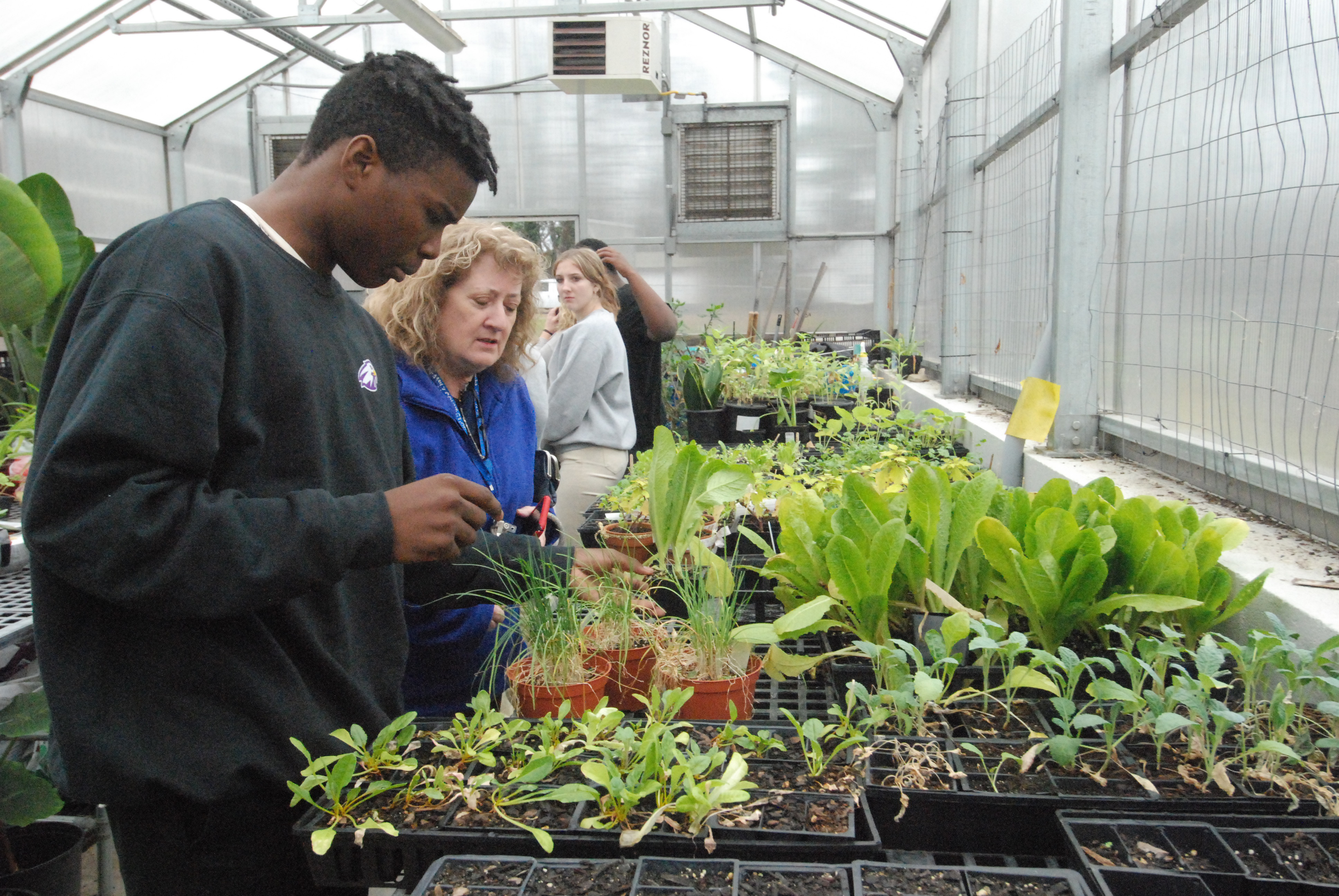Toi Degree: More tips on safe, successful canning
Published 12:00 am Tuesday, September 1, 2015
As canning season comes to a close, I am still receiving many calls about canning and the proper techniques, whether the finished product is safe, and so many other questions. Below are some recent ones.
Q. Can I can on portable gas or electric burners?
A. Not all portable burners are appropriate for canning. First, check the burner manufacturer’s specifications and directions, or contact their customer service department for specific information about the appropriate use of a particular burner for canning.
While I cannot endorse a particular brand, here are a few basic guidelines to keep in mind when selecting a portable burner for canning:
• The burner must be level, sturdy and secure. Look for enough height to allow air to flow under the burner but one that will not become unsteady with a full, heavy canner resting on it.
• Look for a burner diameter that is no more than 4 inches smaller than the diameter of your canner. In other words, the canner should not extend more than 2 inches from the burner on any side. This is a common recommendation, but also be sure that this is the recommendation for your particular canner.
• For electric burners, you want the wattage to be about equal to that of a typical household range large burner. Water has successfully been brought to a boil, using a portable burner that is 1500W/120V; however, household range burners are typically 1750W or higher, and this kind of wattage may actually be a better choice if you can find it.
• You want the burner to have housing that will hold up to the high heat under the canner for long periods and not damage counter tops with reflected heat.
• At least one pressure canner manufacturer advises not to can on any outdoor heat source. Your pressure canner can be damaged if the gas burner puts out too much heat. Higher BTU burners could produce so much heat that the recommended come-up time for canning may be altered, potentially producing an unsafe final product.
• Again, check manufacturer’s directions, and/or contact their customer service for more information about appropriate burners. When you are asking manufacturers about canning, specify whether you are asking about pressure canning (more heat concentration) or boiling water canning.
Q. Can I can on my smooth cooktop?
A. It is best to follow manufacturer’s advice because smooth cooktops differ in ways that influence suitability for canning. Some smooth cooktop manufacturers say do not can on them, while others say it is OK but put stipulations on the diameter of the canner compared to the diameter of the burner. Boiling water or pressure canners may not be available to meet the maximum diameter pot they allow. These are several issues:
• There can be damage to the cooktop from excessive heat that reflects back down on the surface, especially if the canners used are too large in diameter for the burner being used. The damage can range from discoloration of white tops to burner damage to cracking of the glass tops to fusion of the metal to the glass top.
• Even if a manufacturer says that a burner/cooktop can be used for canning, people should also be aware that scratching can occur if the aluminum canner is slid or pulled across the cooktop. This often happens with large, heavy filled canners.
• Many of these cooktops have automatic cut-offs on their burners when heat gets excessive. If that option is built in and the burner under a canner shuts off during process time, the product will be under processed and cannot be salvaged as a canned food. The process time must be continuous at the intended temperature or microorganisms can survive. Also, if the pressure drops quickly, most likely liquid and maybe even food will be lost from the jar; it will spill over from the area of higher pressure inside the jar to the lower pressure now in the canner around the jar.
• Many canners do not have flat enough bottoms to work well on a smooth cook top to be able to maintain a full boil over the tops of the jars. The pot used as a canner must also be large enough to have lots of water boiling freely around the jars and at least one inch over the tops of the jars.
• It is recommended to contact the manufacturer of your smooth cook top before making your decision to can on it. They are the recommended source of information and may also have up-to-date alternatives or suggestions for equipment that you can use.
Q. When making freezer jellies and jams, do I need to sterilize jars as I would during regular canning?
A. Yes, you would need to sterilize them. All jams, jellies, and pickled products processed less than 10 minutes should be filled into sterile empty jars. To sterilize empty jars, put them right side up on the rack in a boiling-water canner. Fill the canner and jars with hot (not boiling) water to one inch above the tops of the jars. Boil 10 minutes. Remove, and drain hot sterilized jars one at a time. Save the hot water for processing filled jars. Fill jars with food, add lids and tighten screw bands.
For more on canning and home food preservation visit the National Center for Home Food Preservation website at:http://nchfp.uga.edu/ or the USDA Complete Guide to Home Canning website at: http://nchfp.uga.edu/publications/publications_usda.html
Toi N. Degree, family and consumer education agent, Rowan County Cooperative Extension Service; 704-216-8970 or e-mail toi_degree@ncsu.edu.






